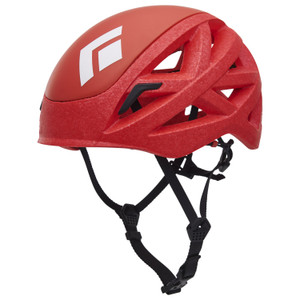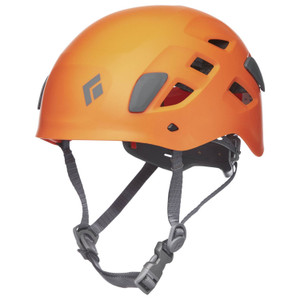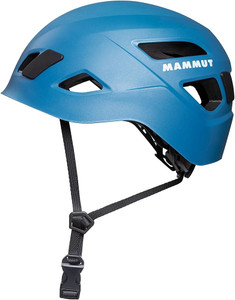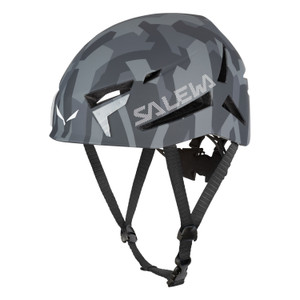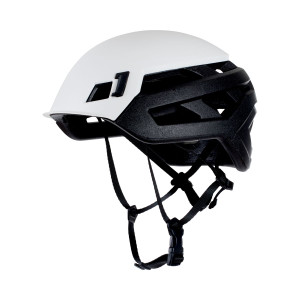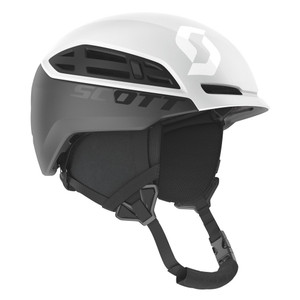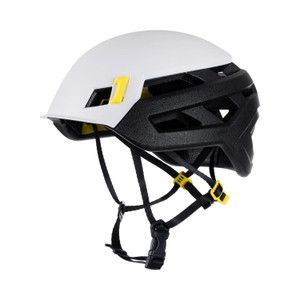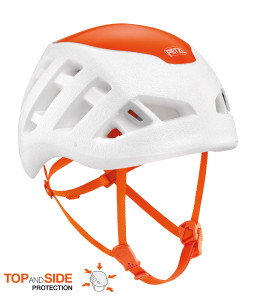Helmets
Climbing helmets are protective headgear specifically designed to protect climbers from falling rocks, gear, or from head impacts during falls. They are an essential piece of safety equipment for rock climbing, mountaineering, ice climbing, and via ferrata.
Main Purposes of a Climbing Helmet:
-
Protect from falling debris (rocks, ice, gear).
-
Cushion impacts during falls or when swinging into a wall.
-
Prevent head injuries in high-risk climbing environments.
Types of Climbing Helmets:
| Type | Description | Pros | Best For |
|---|---|---|---|
| Hardshell Helmets | Durable plastic shell with foam lining | Very durable, good for groups or rentals | Trad climbing, alpine, beginners |
| Foam Helmets (In-mold) | Lightweight EPS foam with thin plastic shell | Very light, breathable | Sport climbing, long routes |
| Hybrid Helmets | Mix of hardshell and foam construction | Good balance of weight and durability | All-around use |
Key Features of Climbing Helmets:
| Feature | Purpose |
|---|---|
| Adjustable suspension system | Custom fit to your head size |
| Ventilation holes | Keeps your head cool on warm days |
| Headlamp clips | Securely attach a headlamp for night or alpine climbing |
| Lightweight construction | Comfort for all-day wear |
| Foam liner (EPS or EPP) | Absorbs and disperses impact energy |
Fitting a Helmet:
A properly fitted helmet should:
-
Sit level and low on your forehead.
-
Not move around when you shake your head.
-
Feel snug but comfortable.
-
Have the chin strap secure without digging in.
When to Replace a Helmet:
-
After a hard impact (even with no visible damage).
-
If the foam is cracked or deformed.
-
Every 5–10 years (check the manufacturer’s guidelines).
Would you like help choosing a climbing helmet for indoor, outdoor, alpine, or ice climbing use?


